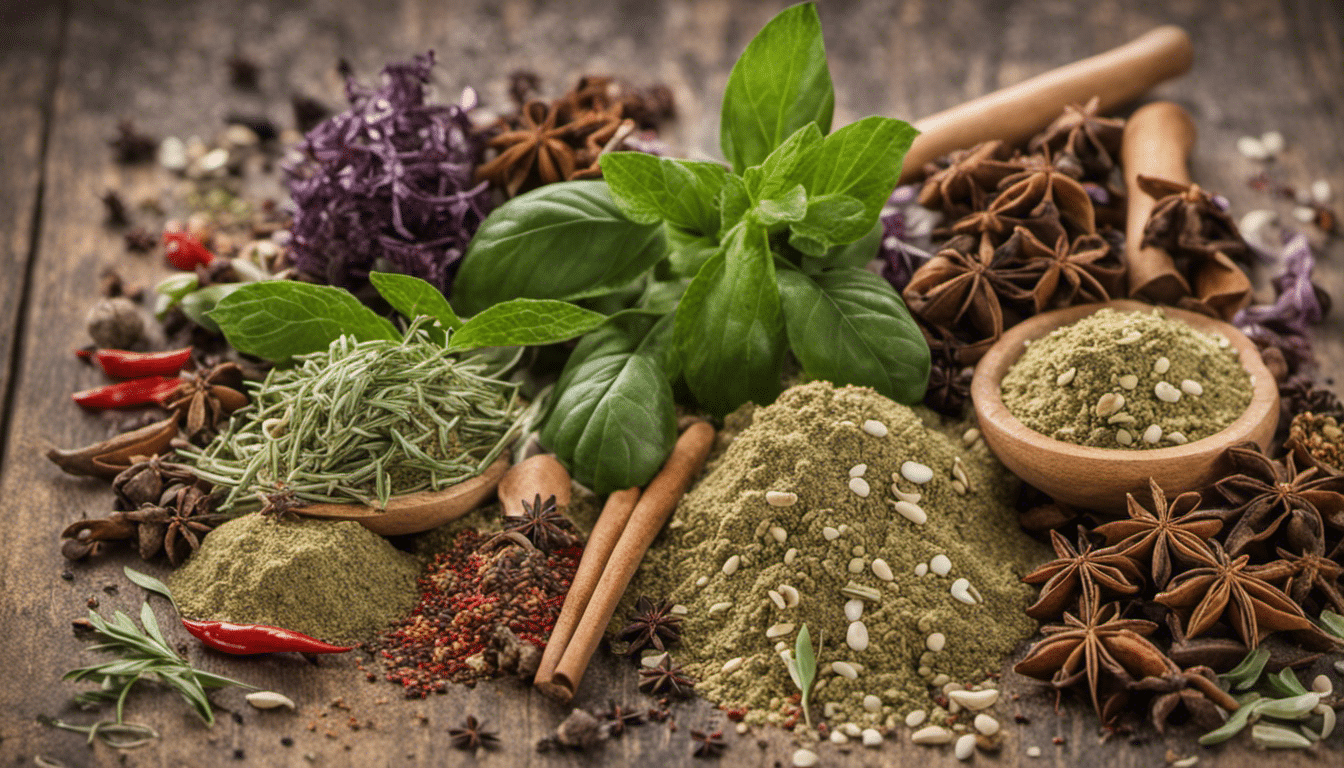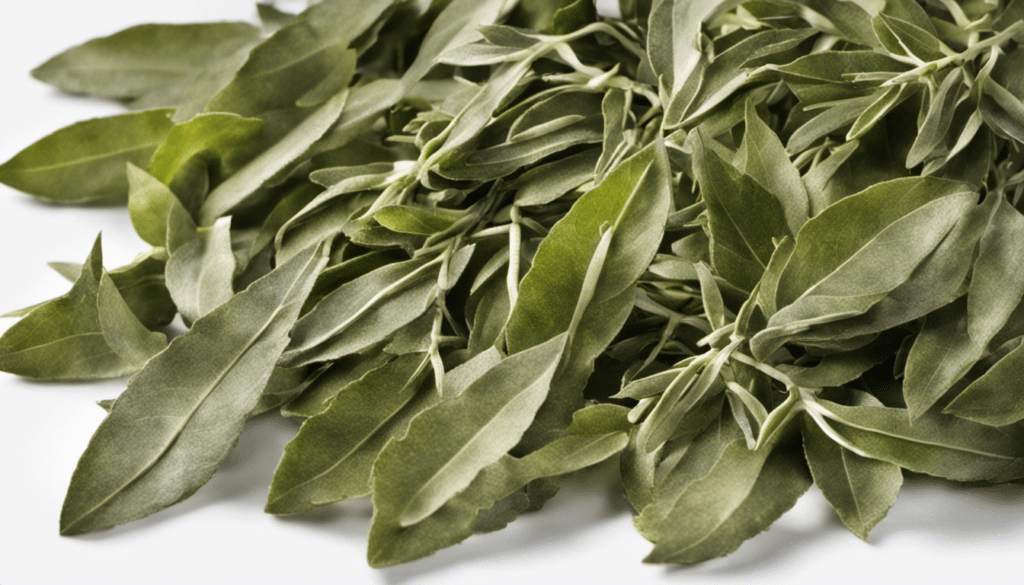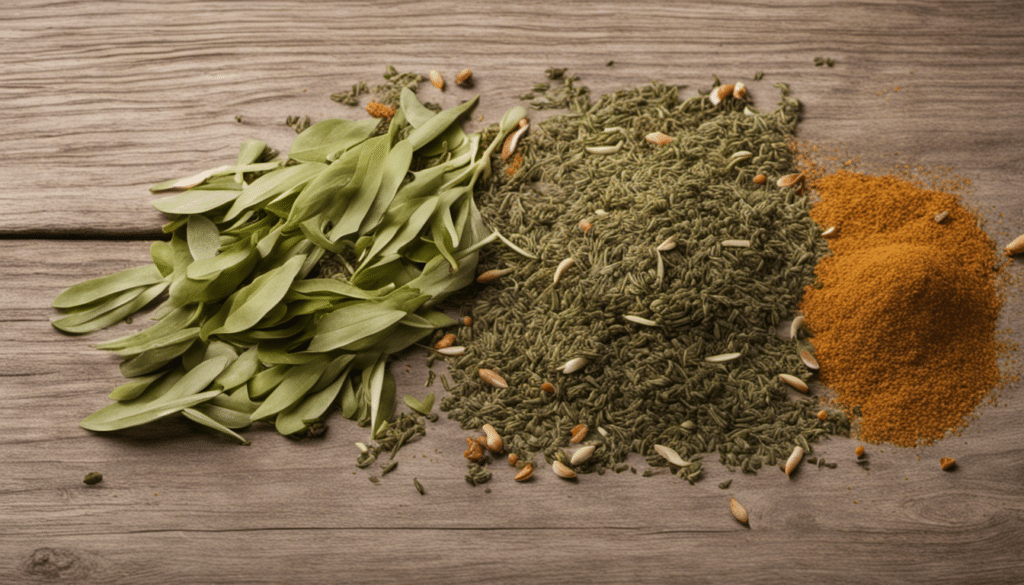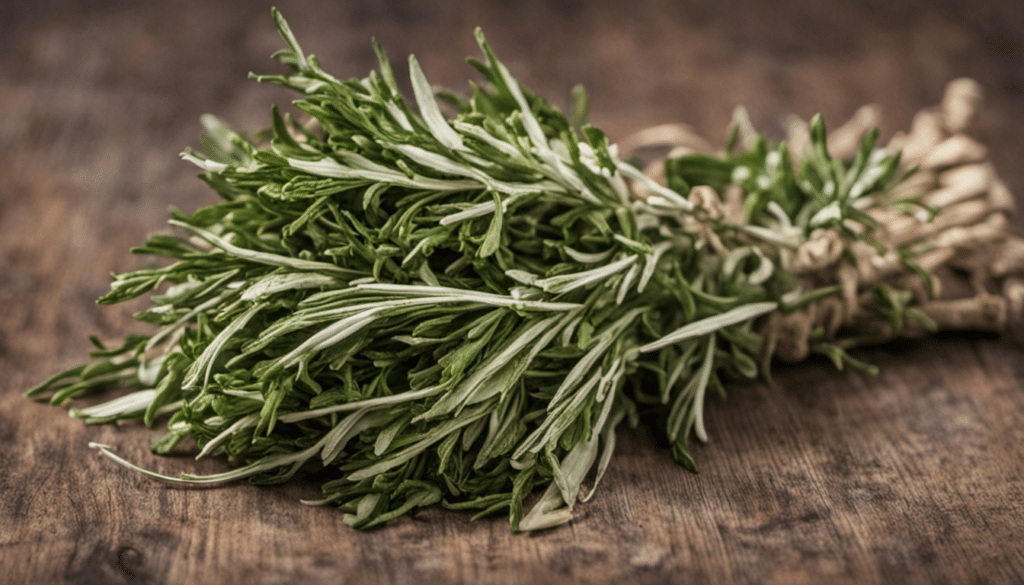Everything You Need to Know About Wasabi
Wasabi is a root vegetable native to Japan and is commonly recognized as an essential component in traditional Japanese cuisine. But there’s much more to this fiery green paste than just its usage as a sushi condiment. In this extensive deep-dive, we’ll delve into everything you need to know about this unique, flavorful, and invigorating Japanese herb.
The Origins of Wasabi
Wasabi, also known as Japanese horseradish, is a plant of the Brassicaceae family that includes mustard, cabbage, and horseradish. Originally found in the mountain stream valleys of Japan, it is now also grown in places like Taiwan and New Zealand. Due to its preference for a humid, cool climate and a certain quality of soil, wasabi is considered a challenging plant to cultivate. It can take up to 18 months for a wasabi plant to mature enough for harvesting.
The primary use of wasabi in Japan dates back to the Nara Period (710-794 AD) where it was utilized for its medicinal properties. In the Edo period (1603-1868), it began its association with sushi, intended to suppress the smell of raw fish and as an antibacterial agent. However, because of its rarity and the difficulty of cultivation, fresh wasabi is a sought-after commodity and is often replaced with horseradish and green food coloring in many commercial applications.
Health Benefits of Wasabi
Aside from providing a punchy heat to sushi and sashimi, wasabi also carries health benefits. A rich source of dietary fiber, it also contains protein, Vitamin C, potassium, and calcium. Not only that, but it also boasts a group of compounds called isothiocyanates. These compounds have been found to have anti-inflammatory, anti-microbial, and anticancer properties, contributing to overall health.
In animal studies, Wasabi was found to limit weight gain and lower blood glucose levels – aiding the fight against obesity and diabetes. Its anti-inflammatory properties can potentially alleviate symptoms of conditions such as arthritis, inflammatory bowel disease, and heart disease. Wasabi’s isothiocyanates have also exhibited anti-cancer potential by inducing apoptosis (or programmed cell death), though these studies are still in their early stages.
The Flavor of Wasabi
If you’re someone who loves to explore unique flavors, wasabi will be an intriguing palate experience. Upon first taste, there is a sweet, herbal note that is swiftly followed by a powerful, nasal-clearing heat. Unlike chili heat that gives a direct, lingering burn on the tongue and throat, wasabi’s sharp, punchy heat dissipates fairly quickly and leaves a refreshing aftertaste. It is this sensation, akin to a flavor rollercoaster, that makes wasabi an exciting addition to various dishes beyond sushi – like, dips, marinades, salads, and even cocktails.
So, whether you’re a passionate gourmand or a health-conscious individual, exploring the zesty world of wasabi is definitely a journey worth taking. Not just a mere sushi partner, its heady flavor and considerable health benefits make wasabi an intriguing herb to explore and enjoy.
Wasabi Recipe Ideas
- Wasabi Crusted Salmon
- Wasabi Mashed Potatoes
- Wasabi Pea Snack Mix
- Wasabi Chicken Stir Fry
- Wasabi coated Green Beans
- Wasabi Cucumber Salad
- Spicy Wasabi Deviled Eggs
- Wasabi Avocado Dip
- Wasabi Prawn Cakes
- Wasabi Vinaigrette




